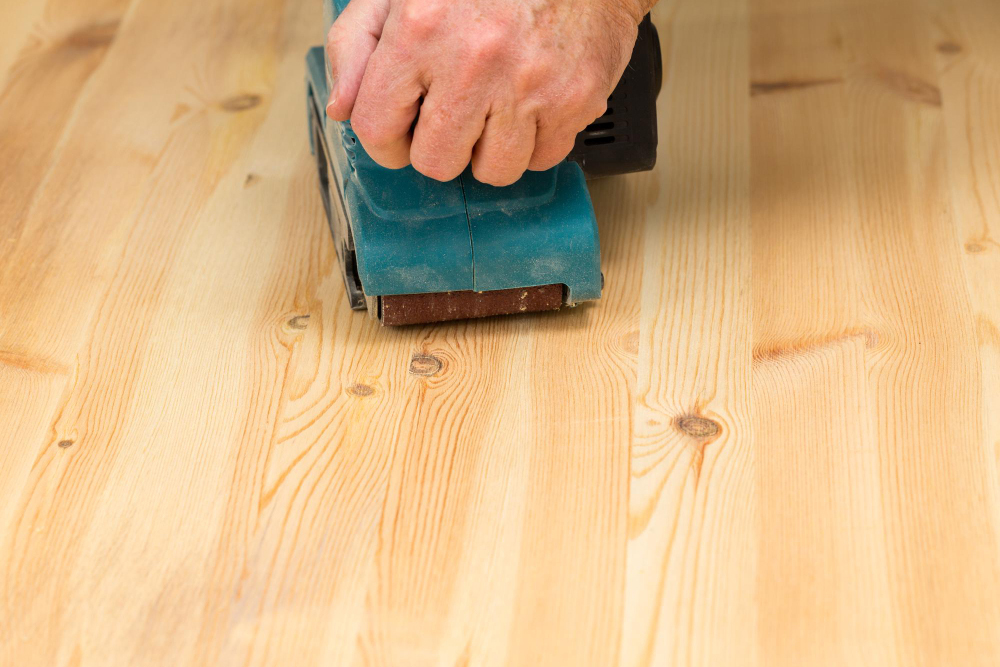Sanding Hardwood Floors: Everything You Need to Know

Hardwood floors are one of the most popular flooring choices for most homeowners. The natural look and timeless beauty that they bring to your home is unbeatable. But, even the most well-maintained hardwood floors will eventually lose their shine and luster, suffer from scratches, or become dull. When this happens, it's time to give them a facelift by sanding them down to the bare wood. Sanding floors is a process that requires careful planning, technique, and patience. In this blog post, we'll cover everything you need to know about sanding hardwood floors.
1. Why Sanding is Important
Sanding hardwood floors removes scratches, dents, and wear from your floor, leaving it smooth and like new. Sanding also prepares the floor for refinishing, allowing the new finish to be applied evenly, and it ensures that the wood is level and that there is no damage to the underlying floorboards. Sanding is necessary before applying a new stain or a clear coat finish to ensure optimal adhesion and to increase the longevity of the new finish.
2. Sanding Hardwood Floors - DIY or Hire a Pro?
While sanding your hardwood floors is possible to do yourself, it is essential to hire a professional for the job. Sanding a hardwood floor requires the use of heavy machinery, which can be dangerous if not used correctly. Professionals have the necessary knowledge of sanding hardwood floors and have the required tools and techniques to get the job done right. Hiring a professional will also save you time and ensure that receiving a beautifully sanded and finished floor.
3. The Sanding Process
The sanding process involves three stages: coarse sanding, medium sanding, and fine sanding. The process starts with the use of a drum sander, which removes the topmost layer of the hardwood floor. This process is known as coarse sanding and can leave behind a rough surface. Medium sanding is done to smooth out the surface, and the final step, fine sanding, creates a smooth surface ready for refinishing.
4. After Sanding - Refinishing
After sanding, you can choose to apply a new stain or a clear coat finish. A new stain will provide your hardwood floors with a new color or shine. In contrast, a clear coat finish protects your floors from future damage and keeps them looking beautiful for a more extended period. The most common clear coat finishes are polyurethane, which is the most durable, or varnish.
Conclusion
Sanding hardwood floors is a beneficial practice for homeowners to keep their hardwood floors looking new while extending their life. It requires professional expertise and state-of-the-art tools to achieve optimal results. With the knowledge of why sanding is necessary, the process involved, and the importance of hiring a professional, you can enjoy a beautifully finished hardwood floor and the increased value it adds to your property. If you're looking for a home remodeling contractor in Orlando, FL, contact CFL Renovations today for free estimates.